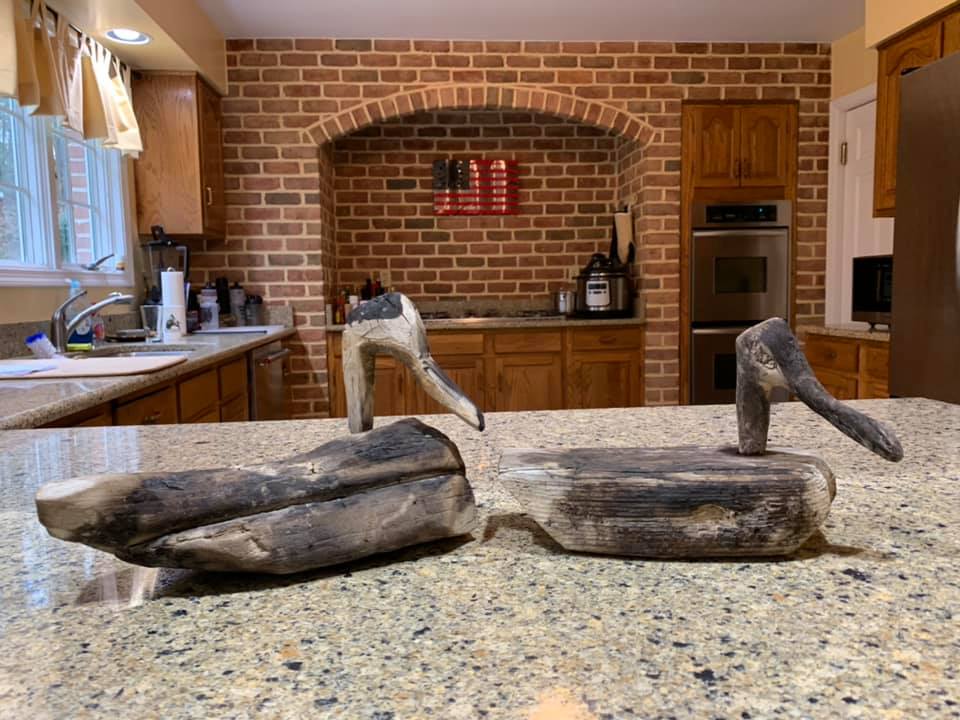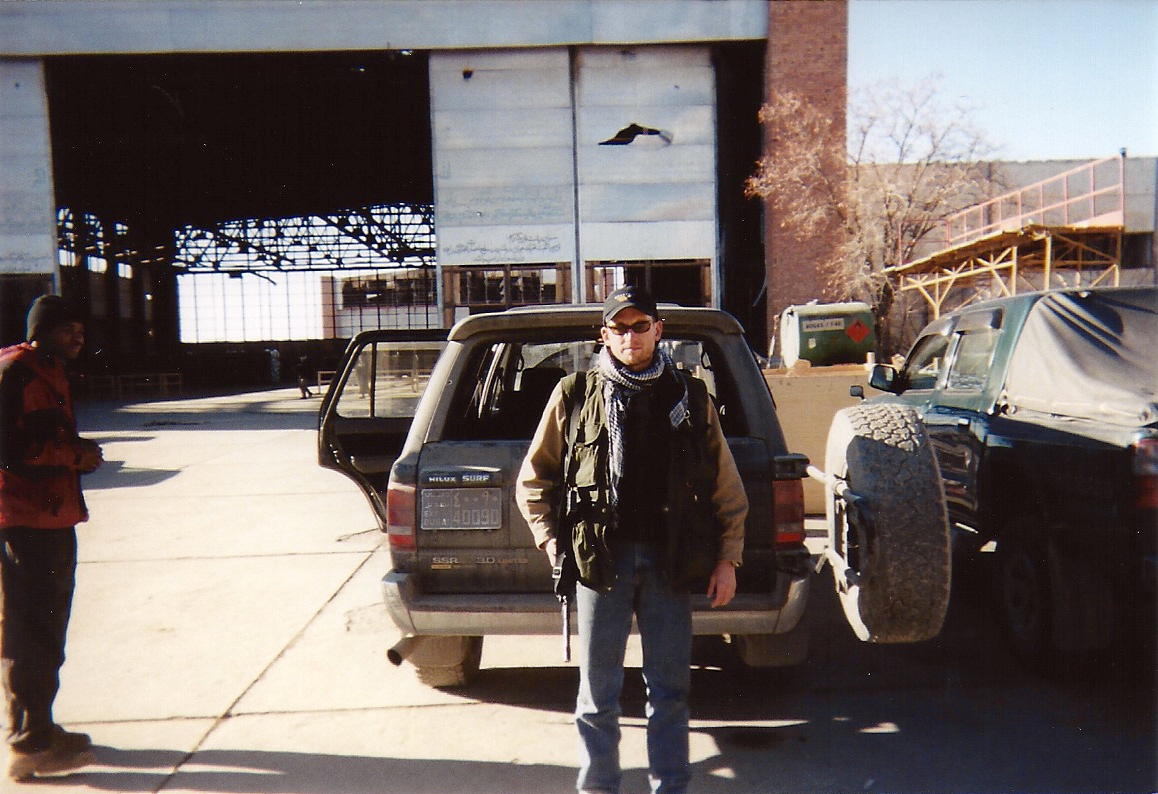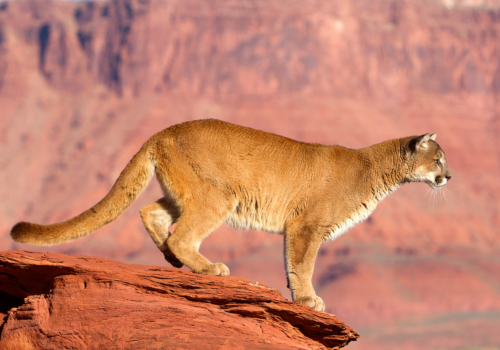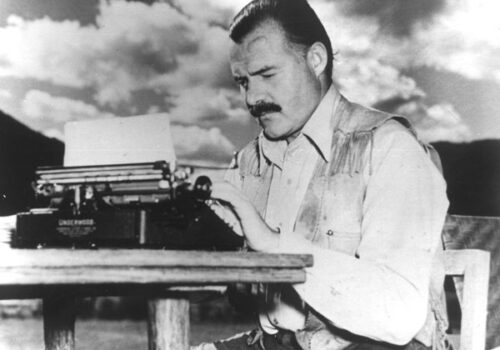
Afghanistan Duck Decoys
By Kevin Peel
I deployed to Afghanistan in December of 2001 and was operating out of Bagram Airbase. Bagram was a former Soviet airbase and the scene of intense fighting as the Taliban retreated under pressure from the Northern Alliance with the help of United States Special Forces. As a part of my duties, I made daily trips of approximately 70 kilometers (roughly 43 miles) from Bagram to Kabul in order to find required supplies. Because of extreme winter weather in the region, resupply by air was problematic.
There were only two routes from Bagram to Kabul. The Salang Wat is a road that runs from Northern Afghanistan to Kabul. The terrain along this road is very close, and advantageous for conducting ambushes – the road is still littered with the burned out hulks of Soviet armored vehicles that were destroyed by the Mujahideen in the 1980s. In order to reduce their losses, the Soviets built a road through more open terrain east of the Salang Wat called the Kabul-Bagram Airport Road, or the “Russian Road.” Both roads traverse the Shomali Plain north of Kabul. This was an area that was once very fertile, but had suffered from the war with the Soviets and drought.
To get to the Russian Road, you drive west out of Bagram Air Base, through the village of Bagram, and take the first left turn after leaving the village. After traveling approximately 1.5 miles, the road crosses the Kalakan River. In late November or early December of 2001, a U.S. Special Forces team supporting the Northern Alliance destroyed the bridge across the Kalakan with a Joint Direct Attack Munition (JDAM). This is a conventional bomb with a GPS package attached that converts it to a precision guided munition. I regularly traveled this route in an unarmored Toyota Hilux pick-up truck. Traveling south toward Kabul, there was a marsh on the left and a hasty fording site on the right. I forded the river with the Hilux every time I used this route. This is where the decoy story begins.

In late January 2002, I was returning from Kabul just before dark. I forded the river and as I came up on the road, I spotted a group of men in the distance walking from the marsh with guns. I quickly recognized that they were returning from a hunt and stopped the vehicle. The group was composed of two men and a teenage boy. The men were using single shot Russian Baikal shotguns, and the boy carried a stringer of green wing teal. They were very friendly. I engaged them through my interpreter, Mr. Amiri, and congratulated them on a successful hunt. As I looked out on the marsh, I could see they were using some sort of decoys. I told the group that I was a waterfowl hunter, and was interested in their decoys. I had a Meal Ready to Eat (MRE) in the truck, and told the boy I would give him the meal and five U.S. dollars if he’d get me a couple of the decoys. He quickly agreed, and the rest is history.
These blocks are crudely fashioned with hand-chopped bodies, and root heads. The bodies and heads have been heated over a fire and exhibit char from it. They are similar to field decoys in that they are supported with a stick stuck into the mud that’s inserted into a hole in the bottom. Although these decoys are very crude, they did the job as evidenced by the stringer of teal. I was also able to secure a couple of decoys fashioned from Styrofoam that I donated to the Havre de Grace Decoy Museum upon my return.

Kevin Peel
is a retired United States Army officer and combat veteran of Afghanistan and Iraq. 37 years of combined military and civilian service to the United States Army and still going.


You May Also Like

Arizona Dry Ground Mountain Lion Hunt
February 26, 2024
Five Quotes About Upland Hunting
October 18, 2021